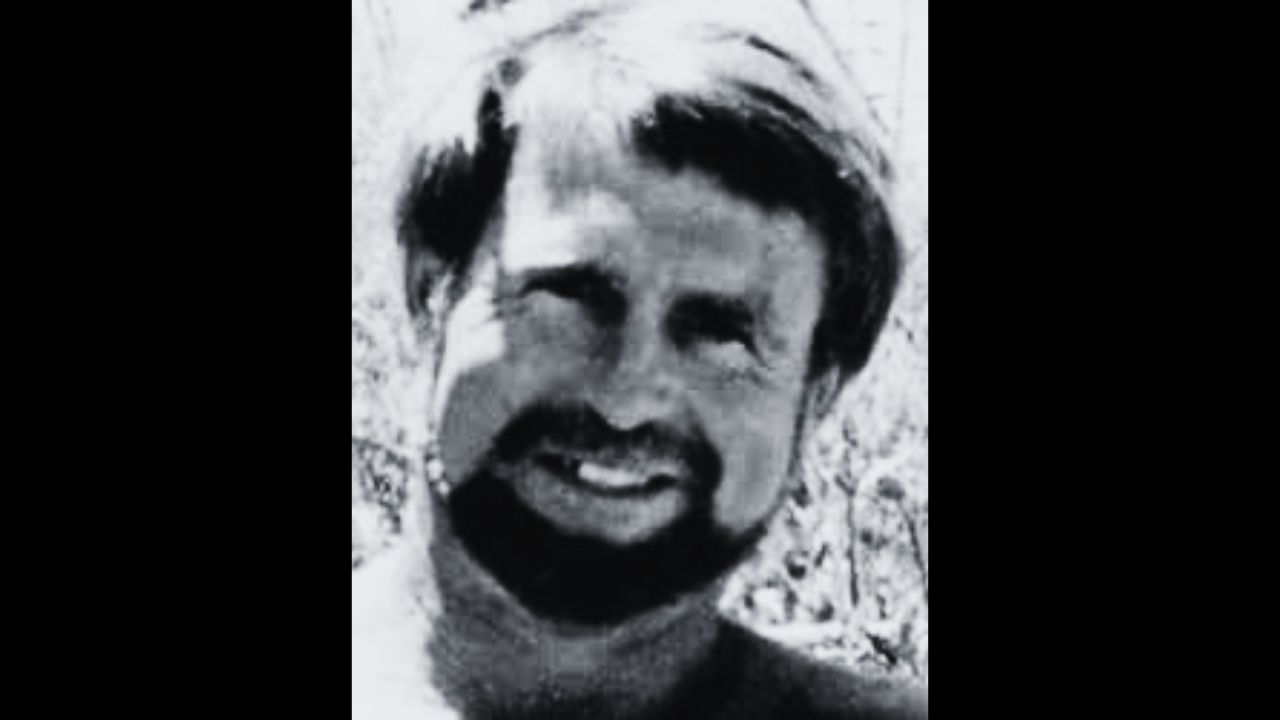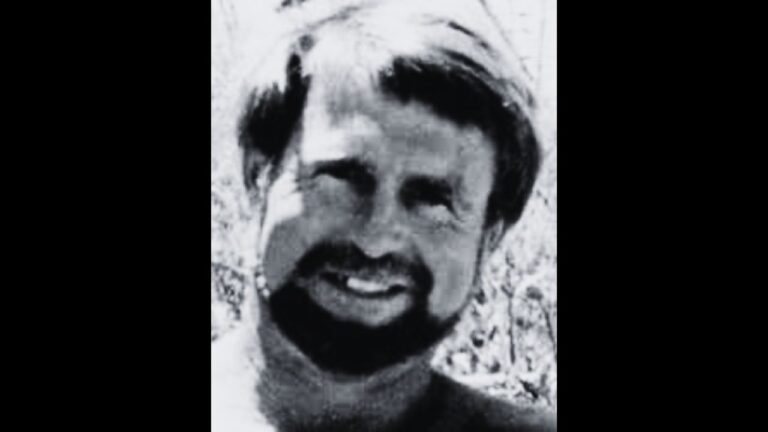Joseph Melville See Jr., a name that may not ring a bell for most, but holds a significant place in the realm of geology, anthropology, and even in the world of music. Born on April 19, 1938, in Scarsdale, New York, See’s life took many intriguing twists and turns, painting a colorful canvas of diverse experiences and significant accomplishments.
Early Life and Education
Joseph Melville See Jr.’s journey began in Scarsdale, a quaint town where he spent his childhood. His early life was not very different from the average American kid, attending school and fostering a keen interest in nature. It was during these formative years that the seeds of love for geology were sown in his heart.
See’s education commenced in Scarsdale before he moved on to Princeton University for his higher studies. With the love for geology nourishing in his heart, See chose to major in the subject. His tenure at Princeton was not only academically enriching but also allowed him to explore his athletic side.
Princeton University Years
As you step back in time and venture into See’s Princeton University years, you find him not just as a geology major but also as a member of the Tiger Inn. It is during these years that See’s interest in geology deepened, setting the foundation for his future career. But geology was not his only passion at Princeton. See also played varsity 150 lb. football and ran as a varsity harrier, displaying his versatile talent.
His time at Princeton was a blend of academics, sports, and the social scene. Being a member of the Tiger Inn, one of Princeton’s most prestigious eating clubs, See was an active part of the university’s social life. These experiences shaped his personality, making him a well-rounded individual.
Postgraduate Studies at the University of Arizona
Following the completion of his bachelor’s studies, See’s thirst for knowledge led him to the University of Arizona. Here, he pursued postgraduate work in geology and cultural anthropology, adding another feather to his cap. It was in the serene setting of Tucson, Arizona, that See nurtured his interest in indigenous cultures.

His postgraduate studies at the University of Arizona broadened his perspective, opening him up to a world rich in cultural diversity and historical depth. See’s exploration of cultural anthropology alongside geology led him to become a respected ethnographer. His keen observation and passion for understanding human cultures are what set him apart.
Not stopping at just understanding cultural nuances, See began capturing them through his lens. He ventured into photography during his time at the University of Arizona, capturing the essence of indigenous cultures in his photographs. His unique blend of geology, anthropology, and photography allowed him to present a unique perspective on the world.
Career as an Ethnographer and Photographer
After completing his postgraduate studies, See embarked on a career that was as intriguing as his academic pursuits. His love for geology and cultural anthropology led him to become a respected ethnographer. Ethnography, for those unfamiliar with the term, is the scientific description of human societies. And See was indeed a master in this field.
His work took him across the globe, studying and documenting various indigenous cultures. His academic background in geology and anthropology served him well in this regard. But what made See’s work truly unique was his ability to capture the essence of these cultures through a lens. Yes, See was not just an ethnographer but also a skilled photographer.
He used his camera to document the cultures he studied, offering a visual representation that complemented his scientific observations. This innovative blend of photography with ethnography presented a unique perspective on the cultures he studied, making See’s work stand out.
Marriage to Linda Eastman
In the midst of his burgeoning career, See found love. In June 1962, he married Linda Eastman, a fellow student at the University of Arizona. Linda, an art major, shared See’s passion for visual representation, though her medium was different.
The couple had a daughter, Heather Louise See, in December 1962. Despite the joy of welcoming their daughter, See and Linda’s marriage faced challenges. Their lifestyles, it seemed, were too different, leading to their divorce in 1965.
Personal Life and Family Dynamics
After his divorce from Linda, See’s personal life took a backseat to his career. His work, after all, involved a fair amount of travel and time away from home. Despite this, he still managed to maintain a relationship with his daughter, Heather.
But See’s relationship with Heather took a turn when Linda married Paul McCartney in 1969. McCartney legally adopted Heather, and See found himself largely absent from his daughter’s life. This change in family dynamics undoubtedly had an impact on See, though he remained focused on his career.
Despite the challenges in his personal life, See continued to excel in his career. His work as an ethnographer and photographer earned him respect and recognition in his field. But even as his career soared, See’s personal life faced more upheavals.
Connection to the Beatles’ Song “”Get Back””
An intriguing facet of See’s life is the speculation that he was the inspiration for the character “”Jo Jo”” in the Beatles’ famous song “”Get Back.”” The song, released in 1969, tells the story of a character named Jo Jo who leaves his home in Tucson, Arizona, to get back to his roots.
Given See’s connection to Tucson and his then-wife Linda Eastman’s marriage to Paul McCartney that same year, many have theorized a connection. However, See himself reportedly laughed off this speculation. Whether true or not, this aspect of See’s life surely adds a layer of mystique to his already fascinating story.
Circumstances Surrounding His Death
See’s life, filled with an array of accomplishments and unique experiences, came to a tragic end on March 19, 2000. At the age of 62, See died from a self-inflicted gunshot wound at his home in Tucson, Arizona. This tragic event shook those who knew him and left a void in the fields of geology, anthropology, and photography.
The reasons behind See’s decision to take his own life are not entirely clear. However, it is speculated that personal issues played a significant role. Some even suggest that the death of his ex-wife, Linda McCartney, who passed away two years prior in 1998, may have had an impact.
See’s death marked the end of a life filled with exploration, learning, and creativity. He left behind a legacy in the field of ethnography and photography, and his contribution to the understanding of indigenous cultures remains significant.
Conclusion
The life of Joseph Melville See Jr. is a tapestry of academic achievements, a passion for understanding different cultures, and an innate talent for capturing the essence of these cultures through a lens. His journey was far from ordinary, with a marriage to Linda Eastman, connections to the Beatles, and a tragic end.
See’s life was a testament to his thirst for knowledge and his passion for understanding the world around him. His work remains a valuable resource in the realm of geology and anthropology, and his photographs continue to provide a visual representation of the cultures he studied.
Despite the tragic end, See’s life and work remain a source of inspiration for many. His journey serves as a reminder of the beauty of exploration, the power of understanding, and the impact one can have on the world. Joseph Melville See Jr.’s legacy lives on, touching the lives of many even after his departure.
Also Read:


